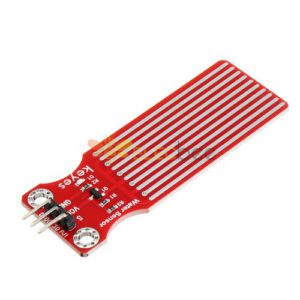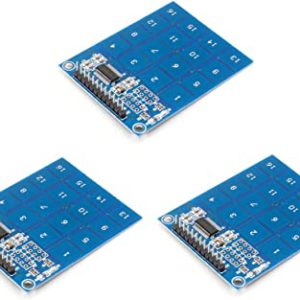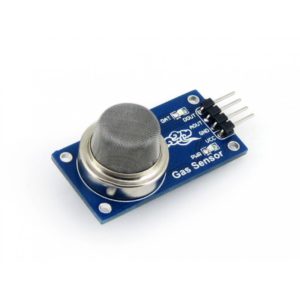Flex Sensor 2.2 Inch Bend Sensor
- Length: 2.2 inch
- As the sensor is flexed, the resistance across the sensor increases.
- Connector is 0.1″ spaced and bread board friendly
- Used in Robotics, Gaming (Virtual Motion), Medical Devices, Computer Peripherals, Musical Instruments







There are no reviews yet.